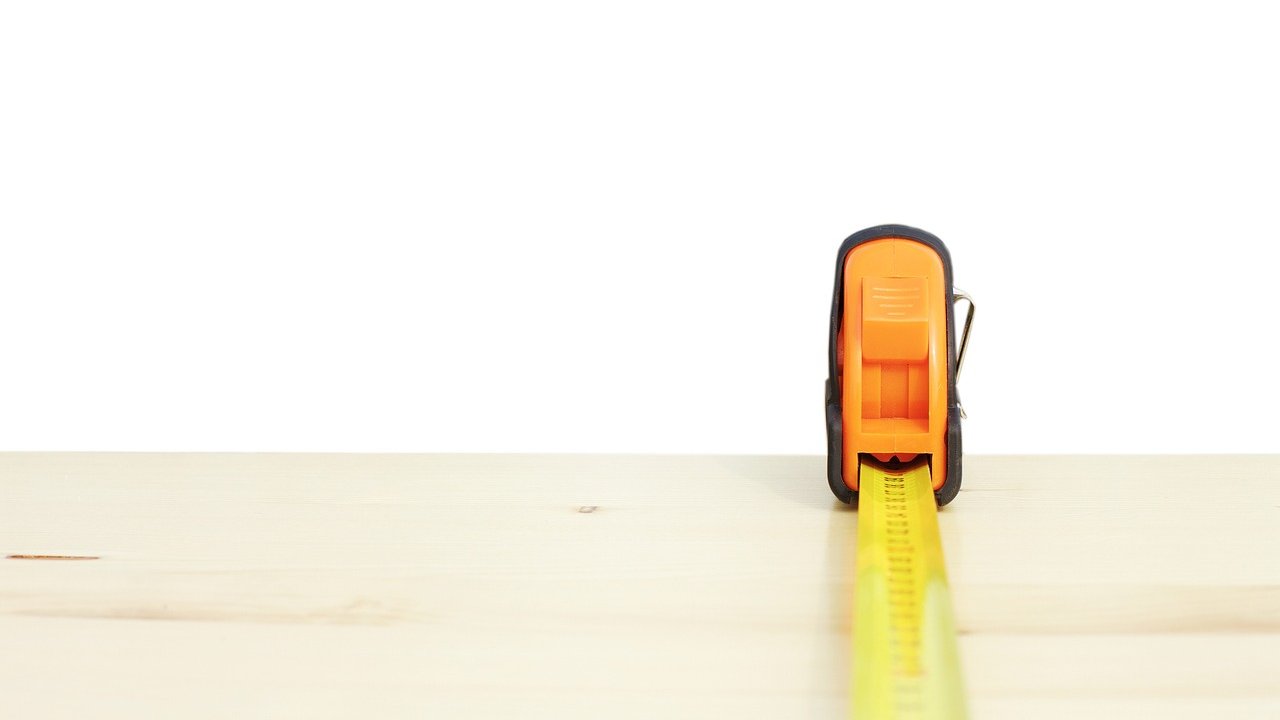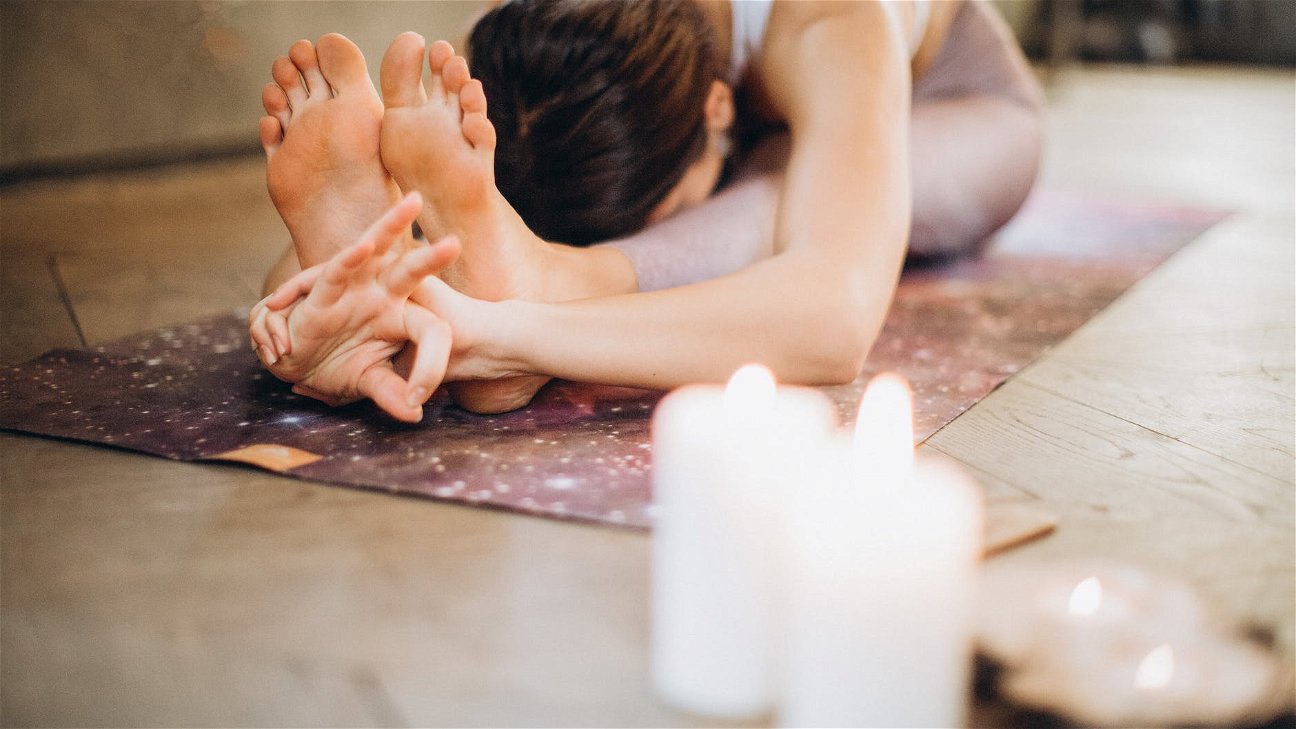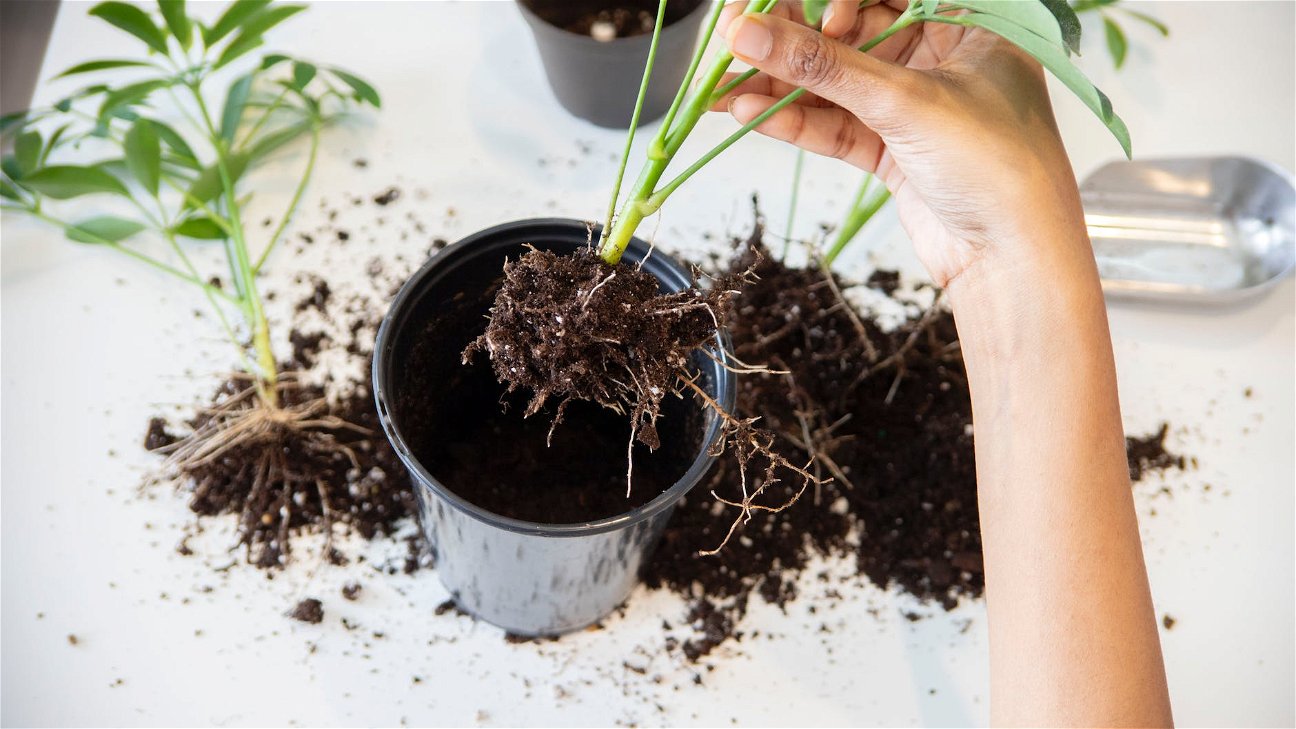
In the world of home décor and furniture, the vintage vibe has always held a unique charm. Somehow, old, distressed furniture adds a beautiful, rustic touch that new furniture tends to lack. But, did you know that you can create this distressed, vintage look on your own? Yes, you can! And in this article, we'll show you three simple but effective ways to distress furniture and give your space that coveted vintage feel.
What is distressed furniture?
Before we dive into the techniques, let's understand what distressed furniture is. Distressed furniture is essentially furniture that has been treated or manipulated to appear aged and older than it actually is. This is done to give the piece a vintage or rustic aesthetic that adds character and charm.
The three ways to distress furniture
Here are the three ways to distress furniture: painting, sanding and hammering. Each method offers a unique aesthetic, so you can choose one based on the desired look.
1. Painting
Painting is perhaps the easiest way to give your furniture a distressed look. Here's how to do it:
-
Choose your paint: To start, you'll need paint. You can use either chalk paint or milk paint, both of which are great for creating a vintage vibe. Chalk paint gives a matte finish, while milk paint tends to chip and gives a more rustic look.
-
Apply the paint: Apply the paint to your furniture piece. Don't worry about making it look perfect; the goal is to make it look aged. So, let the brush strokes show, and don't cover every inch of the furniture.
-
Distress the paint: Once the paint is dry, take a sandpaper and lightly sand the areas where natural wear and tear would occur, like edges and corners. This will expose some of the wood beneath and give an authentic distressed look.
2. Sanding
If painting isn't your thing, you can simply use sanding to distress furniture. Here's the process:
-
Prepping the furniture: Before you start, make sure the furniture is clean. Then, using a course-grit sandpaper, start sanding the areas you want to distress.
-
Continue sanding: Switch to a finer-grit sandpaper and continue sanding until you have achieved the desired level of distress.
-
Seal the furniture: Lastly, seal the furniture with a clear coat to protect the distressed areas from further wear and tear.
3. Hammering
Hammering is another technique that can be used to distress furniture. It's especially effective if you want to create a more dramatic, heavily worn look. Here's how:
-
Choose your tools: Besides a hammer, you can use other tools like a chain or a set of keys to create unique, aged effects.
-
Start hammering: Hit the furniture piece lightly in different areas to create dents and scratches.
-
Sand and seal: Just like the sanding technique, finish by sanding the hammered areas and sealing the piece with a clear coat.
Tips for distressing furniture
Here are some additional tips to ensure a successful distressing project:
-
Always start with a small, unseen area to practice your distressing technique.
-
To create a more authentic look, focus on the areas that would naturally get worn out over time, like corners, edges, and high-touch areas.
-
Remember, less is more. You can always add more distress, but it's difficult to remove it once it's there!
With these techniques in your DIY toolkit, you're all set to unlock those vintage vibes.











